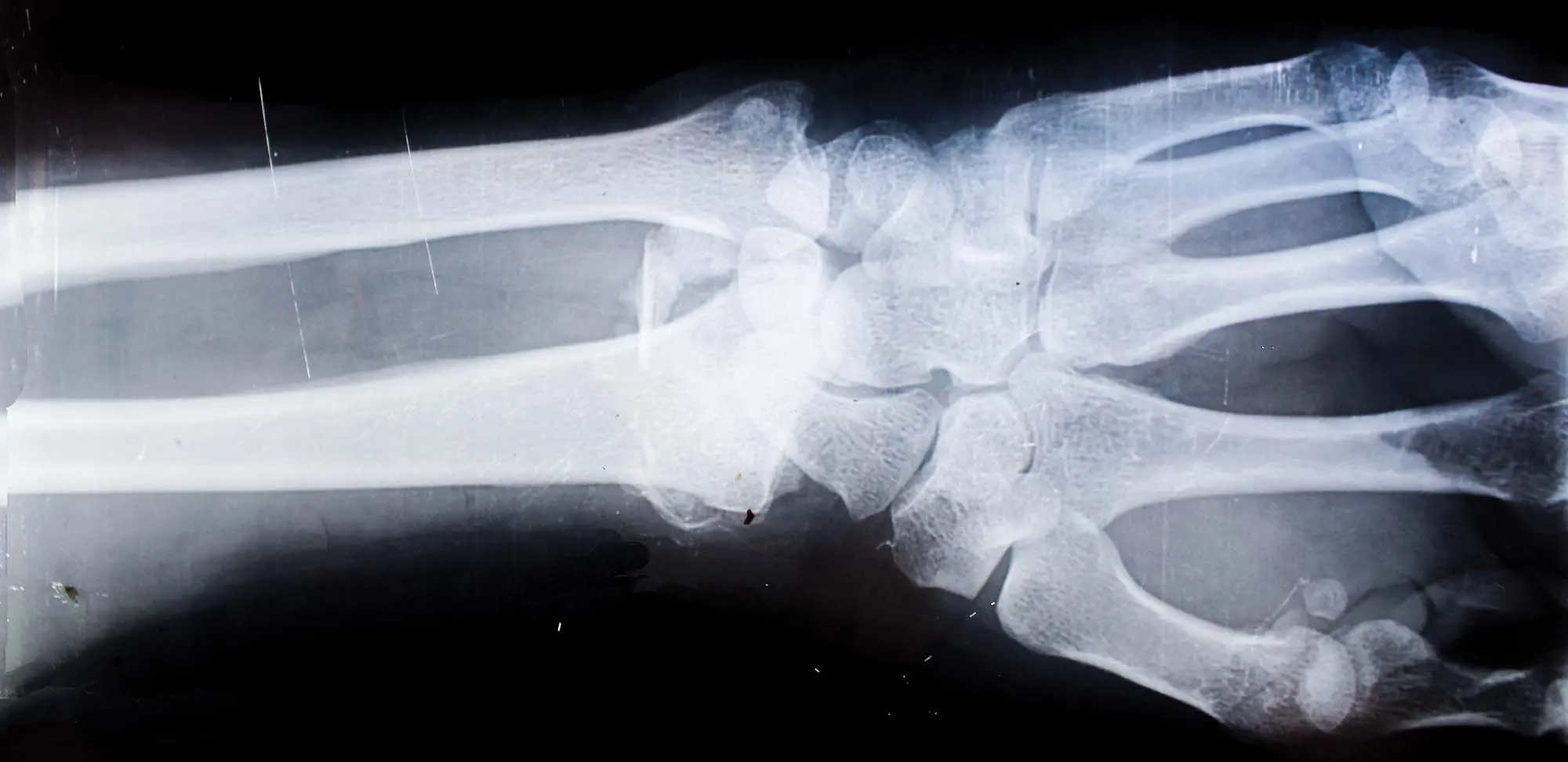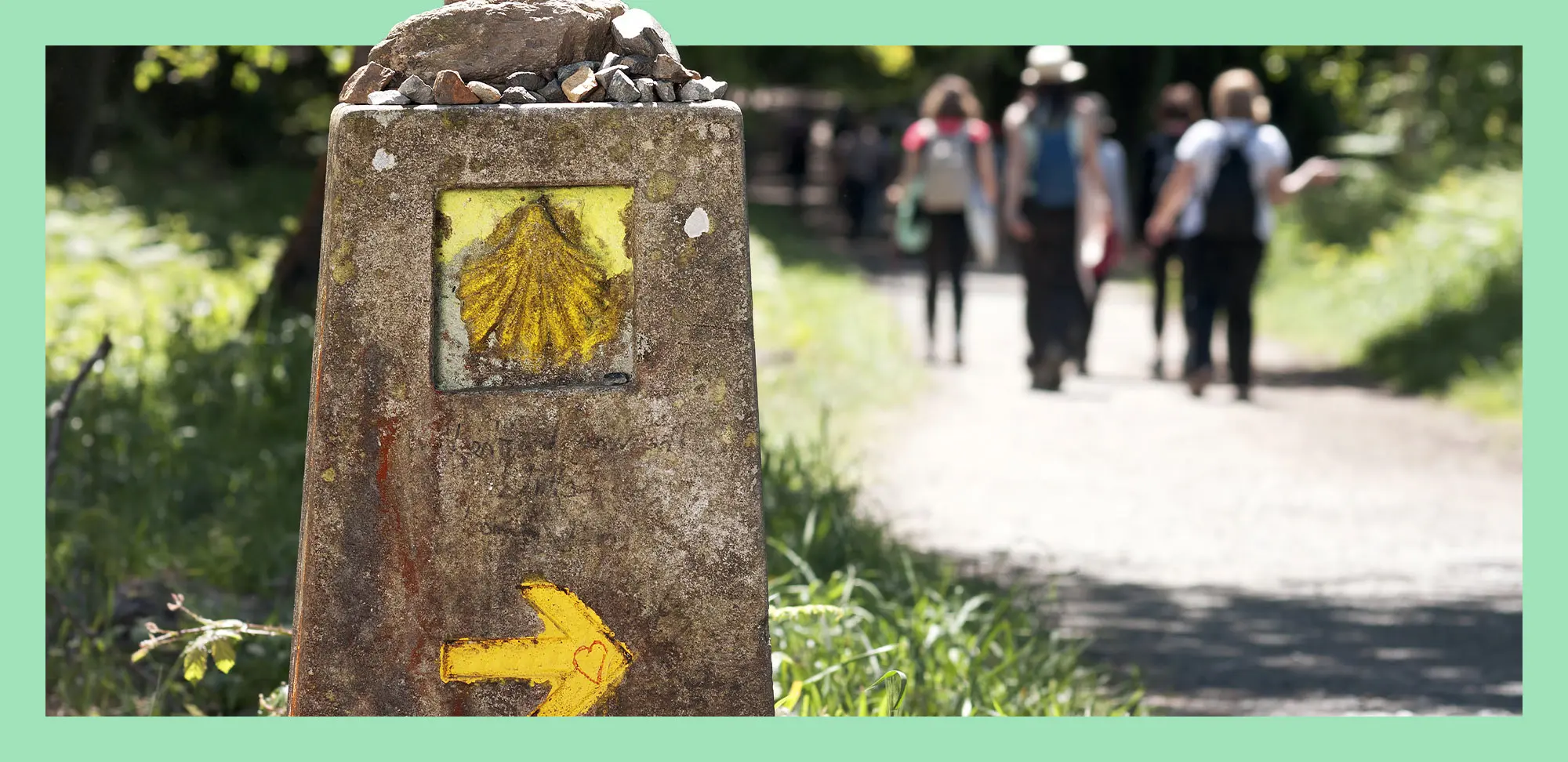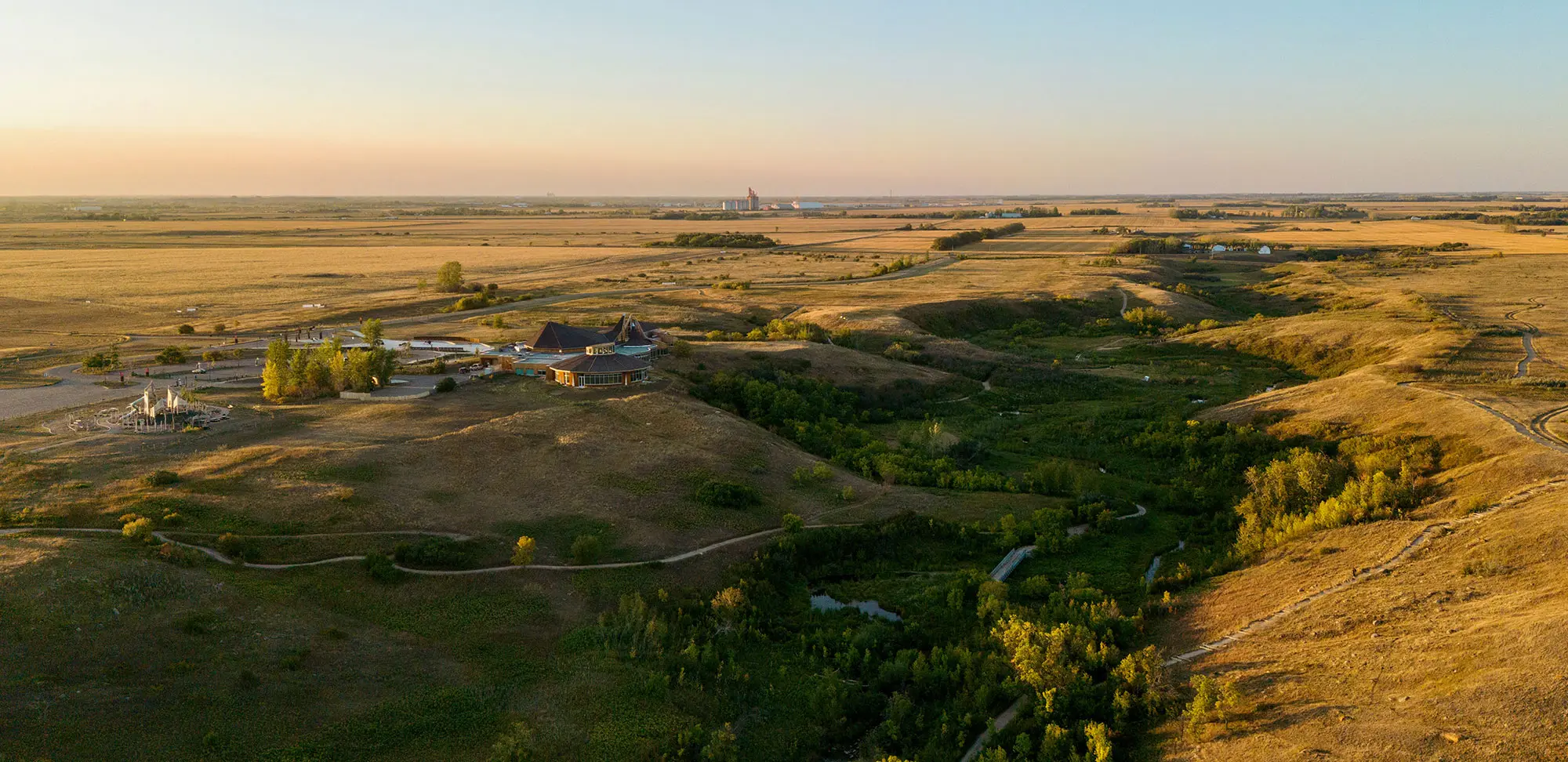The ramancheurs, or “bonesetters,” of Quebec are a fascinating part of the province’s history but are little known elsewhere in Canada.
The practice of bone-setting is a unique part of Quebec history and culture. For years, these traditional healers (“ramancheurs” is slang for “fixers”) used manipulation and topical herbs to treat not only broken bones but injured joints and other ailments. Their special techniques are practised to this day.
But oddly, little is known about these bone-setters outside the province.
Serge Gauthier, PhD, an expert in Quebec history and folklore whose 1982 master’s thesis profiled a well-known ramancheur family — the Boilys — shared some of his knowledge with Renaissance magazine.
The tradition dates back to Hippocrates, a physician in ancient Greece who described the bandaging of injured joints with splints. The practice was later used by healers in Europe, including France, and then brought to Quebec.
Here, the original bone-setters were often blacksmiths who manipulated broken bones of horses. They eventually broadened their practice to include their neighbours, fixing bones resulting from farm accidents.
Bone-setting proficiency — sometimes referred to as a “gift” — was passed from father to son (and sometimes daughter) and involved a lengthy apprenticeship learning about the human skeleton and the art of fixing bones.
Bone-setting proficiency — sometimes referred to as a “gift” — was passed from father to son (and sometimes daughter) and involved a lengthy apprenticeship learning about the human skeleton and the art of fixing bones. Their success stemmed from “proven experimentation,” says Gauthier.
The approach wasn’t scientific in the classic sense; for example, ramancheurs didn’t use plaster but instead used wooden splints. And they certainly didn’t have a diploma or adhere to professional regulations.
Their drawing card was their proximity to rural residents who couldn’t afford a doctor; people had faith in their techniques, and they built a large and loyal following.
Some ramancheurs incorporated prayer or other rituals into their sessions, but that wasn’t central to the practice. Most, says Gauthier, had no other desire than to “relieve human suffering.”
Over the years, the services of ramancheurs became increasingly in demand. Clients often had to wait in long lines to see their trusted healer.
Some bone-setters, including the Boily family, became quite prominent. And many got wealthy, thanks to the generosity of cured farmers.
As time passed and the province became more urbanized, many ramancheurs moved or expanded their practice to cities and began advertising their services in local phone directories and elsewhere.
When Laval University in Quebec City opened a medical school in the mid-1800s and the profession became more standardized — and doctors more accessible — Quebecers continued to put their faith in their ramancheurs.
But mainstream medical leaders didn’t take kindly to these traditional healers. By the middle of the 20th century, ramancheurs were threatened with mounting lawsuits for practising medicine without a licence.
According to Gauthier, corn plaints came from “undercover police officers” and “never from their clients.” He insists the practice “was nothing outlandish” and originated from “popular medicine before the so-called scientific era.”
Still, the harassment hindered the practice to such an extent that it almost disappeared by the 1980s. At least, from the outside. Healers were driven underground, and the practice became more clandestine — with no paper trail to raise suspicions about practising illegally. Clients paid what they could — in cash.
Clients continue to seek the services of a ramancheur. Take the family of Claude Forand. For years, his father has regularly visited a ramancheur for musculoskeletal problems. His sister uses a healer for back pain.
About 25 years ago, Forand’s wife was scheduled for surgery to treat a spinal issue, but a ramancheur fixed the problem. Forand himself spent close to $2,000 on traditional health practitioners to treat his sciatica, to no avail. A ramancheur handled that problem, too.
Unlike many other healers who work only on bones, muscles, tendons and ligaments, this particular ramancheur also learned about the nerves in the human body. Her technique involved applying massage-like pressure along Forand’s neck and upper back, without causing any pain. He describes it as a gentler technique than a chiropractor might use.
Forand’s family is not unique. Many French Canadians swear by these traditional healers, often driving for hours to get treated. And doctors regularly refer patients to ramancheurs.
Today, many descendants of ramancheurs are physiotherapists and massage therapists, “which gives them a diploma – something that was lacking for the old ramancheurs,” Gauthier notes.
Chiropractors, too, have drawn from ramancheur techniques to treat spine, muscle and nervous-system conditions and related pain, inflammation and disability.
With growing interest in holistic health and complementary health care, many believe that traditional bone healers can play a central health-care role and should co-exist with modern orthopedic medicine – each learning from the other.
As Forand puts it, ramancheurs are “another tool in the tool box.”










